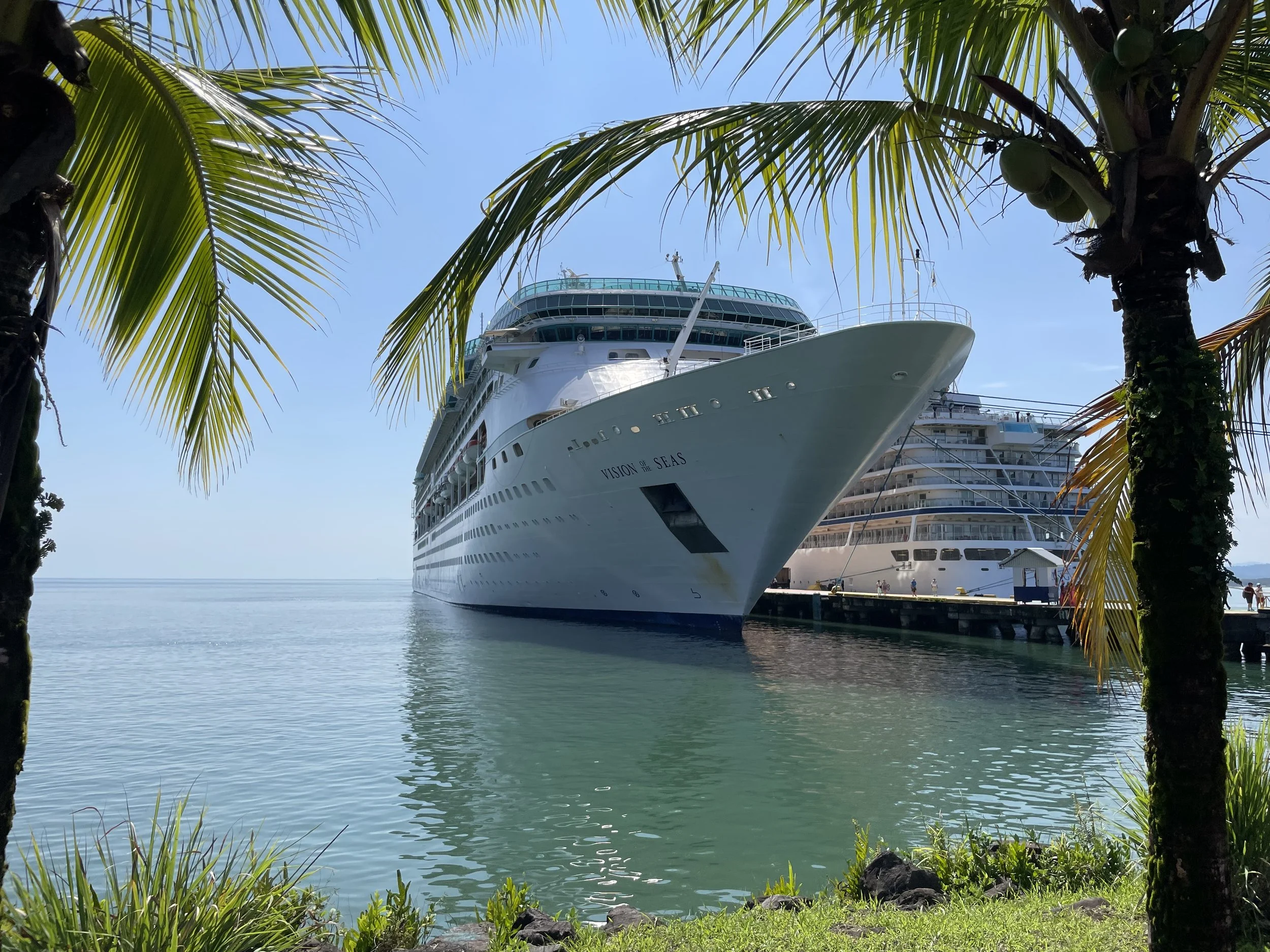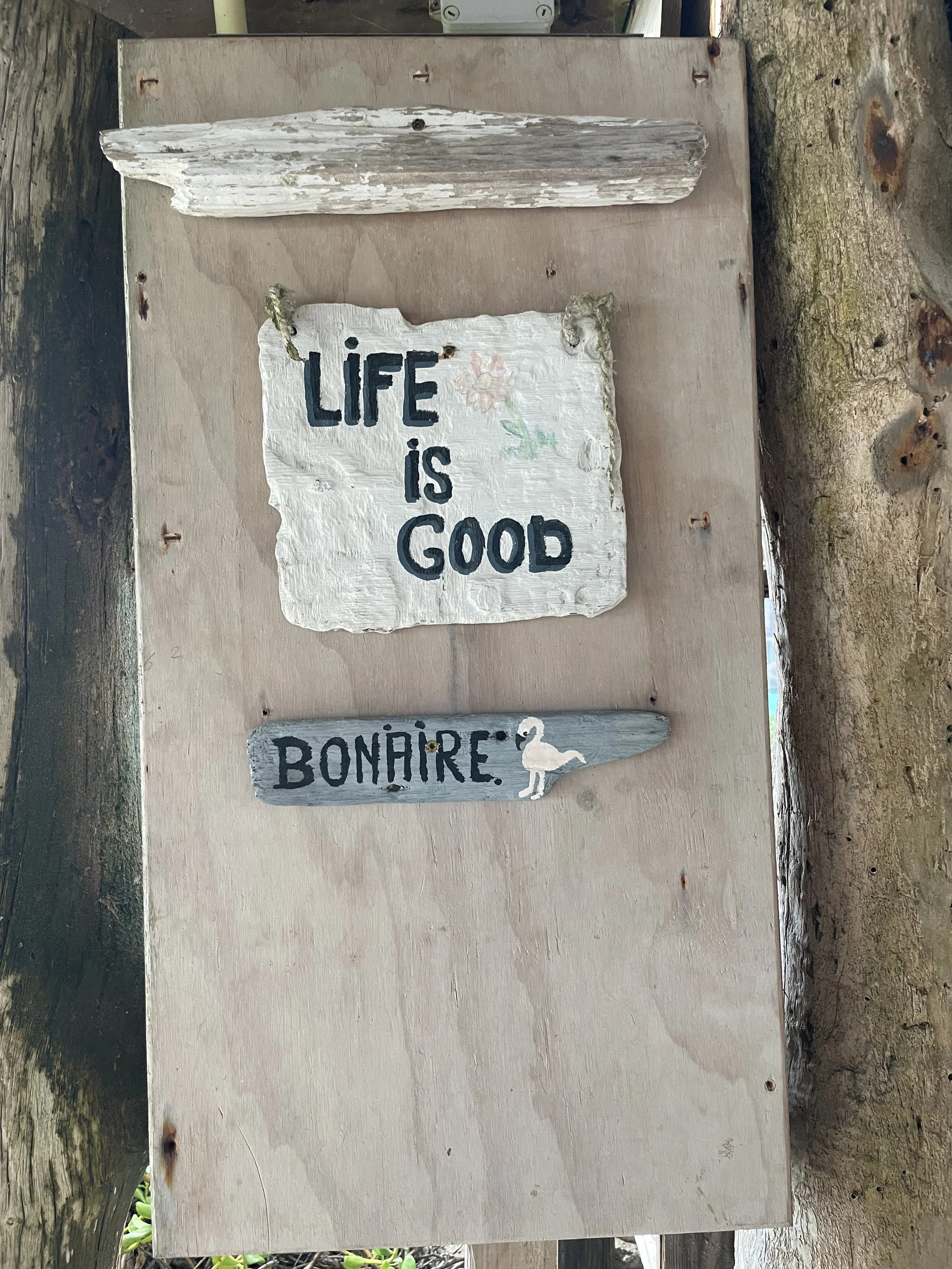Caribbean Cruises
When people think of the Caribbean very distinct images come to mind. They are thinking warm weather, beaches, cocktails, sun, relaxation, resorts. A Caribbean cruise taps right into that. You get easy days, warm water, and a chance to see several islands without planning a complicated itinerary.
If you have never taken a cruise before, the Caribbean is one of the best places to start. It works well for solo travelers, families, and groups with different budgets because the days are straightforward and the distances between ports are short.
When you begin looking at itineraries you will see Eastern Caribbean, Western Caribbean, and Southern Caribbean routes. Here is what those usually include.
Eastern Caribbean
Ports like Puerto Rico, St. Thomas, St. Maarten, and the United States Virgin Islands. These itineraries focus on beaches, walkable port areas, and short sailing times.
Typical length is five to seven nights.
Western Caribbean
Ports like Cozumel, Costa Maya, Belize, Roatán, Jamaica, or Grand Cayman. These itineraries offer more adventure activities, ruins, and jungle tours.
Typical length is five to seven nights.
Southern Caribbean
Ports like Aruba, Bonaire, Curaçao, Barbados, Antigua, St. Lucia, and Grenada. These islands feel more spread out with colorful towns and calm blue water.
Typical length is seven to ten nights.
Across these routes you will often see the same countries and territories. Puerto Rico, the United States Virgin Islands, Antigua, St. Kitts, Barbados, St. Lucia, The Bahamas, Cozumel in Mexico, Aruba, Bonaire, Curaçao, Jamaica, Costa Rica, and Panama. Most cruises visit three to five ports depending on length.
Prices vary based on season and cabin. Inside cabins commonly range from five hundred to nine hundred dollars per person. Oceanview and balcony cabins run higher. Studio cabins for solo travelers usually cost more because there is no second guest. Holiday weeks and winter months are higher in price.
Storms rolling in over Antigua
Hurricane Season
Cruises sail the Caribbean all year, including hurricane season which runs June through November. Many sailings are calm, but storms can shift itineraries. Ports may change for safety reasons, so it helps to stay flexible if you travel during these months.
Booking Excursions
You can explore a port by booking a cruise line excursion or by booking an independent tour. Both are common, but they work very differently.
Booking Through the Ship
This is the simplest option. The cruise line has vetted the tour operators and built the schedule around the ship. If the tour runs late, the ship will wait. This is the main benefit of booking directly through the cruise line.
Booking On Your Own
Independent tours, taxis, and private guides are usually cheaper and more flexible. Many ports have organized taxi stands and certified guides right outside the ship. The important difference is timing. If you are late returning, the ship will leave without you. The ship must follow its schedule and will not wait for anyone who is not on a ship sponsored tour. Always give yourself at least one hour of buffer time before all aboard.
Liability Off the Ship
Once you leave the ship for an independent excursion, you are responsible for your own timing and safety. If a taxi breaks down, if a tour boat is delayed, or if the road back to port is backed up, the cruise line cannot step in. You are not covered under their protections and the ship will not hold departure.
When you book through the cruise line you are participating in a tour covered under their agreements and support systems. This is why many travelers choose ship excursions in ports that require long travel times.
Independent tours are still a good option as long as you understand the risks and manage your time carefully.
A bar in Bonaire
Understanding Ship Time
Your ship follows ship time which is the official time used on board. It does not always match the local island time. The Caribbean spans multiple time zones and some islands do not observe daylight savings. Your phone may switch to local time automatically which can put you an hour ahead or behind without realizing it. Always follow ship time or the time shown inside the cruise app. If you are unsure, ask a crew member before getting off.
Arrival and All Aboard Times
Arrival time is when the ship reaches the port, but all aboard is the time that matters. This is when everyone must be back on the ship. The ship leaves at departure time and will not wait for anyone who is late unless they are on a ship sponsored excursion. Always return early if you explore independently.
Currency in the Caribbean
Even though the Caribbean includes many countries with different official currencies, US dollars are accepted almost everywhere in the port areas. Most travelers only need small bills for taxis, souvenirs, and small purchases. Cards are widely accepted in shops and restaurants.
Official currencies you may encounter include the United States dollar in Puerto Rico and the United States Virgin Islands, the Eastern Caribbean dollar in several islands, the Aruban florin in Aruba, the Netherlands Antillean guilder in Curaçao and Bonaire, the Mexican peso in Cozumel, the Costa Rican colón in Costa Rica, and the Panamanian balboa in Panama which is equal in value to the United States dollar. ATMs are usually available near the port if needed.
Walkable Ports and Ports Requiring Transportation
Some ports are easy to explore on foot as soon as you walk off the ship. Old San Juan in Puerto Rico, Philipsburg in St. Maarten, and Willemstad in Curaçao are good examples. Other islands require a taxi or tour to reach the main sights or beaches. St. Lucia, St. Kitts, Belize, and Roatán usually require transportation.
Tipping and Payment
Tipping works similarly to the United States. A few dollars for taxis and around ten to fifteen percent for tours and services is common.
Why the Caribbean Works for So Many Travelers
A Caribbean cruise gives you warm weather, variety, and easy days without a complicated itinerary. You can explore a town, visit a beach, take photos, try something local, or keep the day simple and still enjoy yourself. If you want a relaxed introduction to cruising or a trip that does not require much planning, the Caribbean is one of the best places to start.





